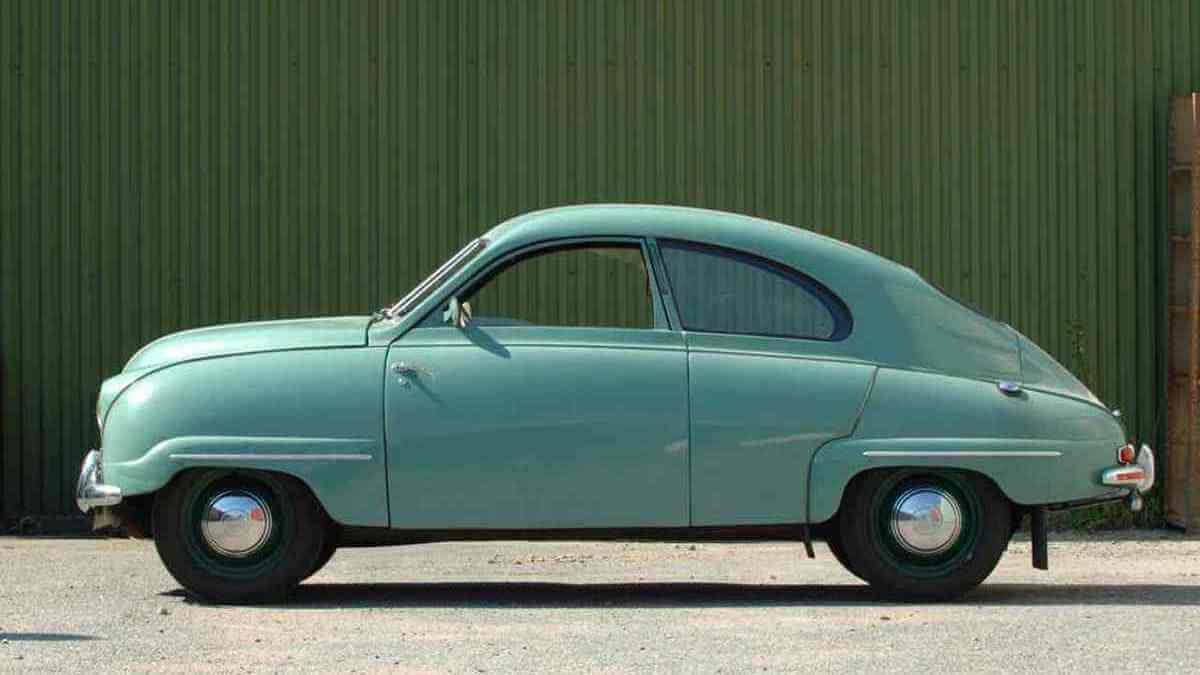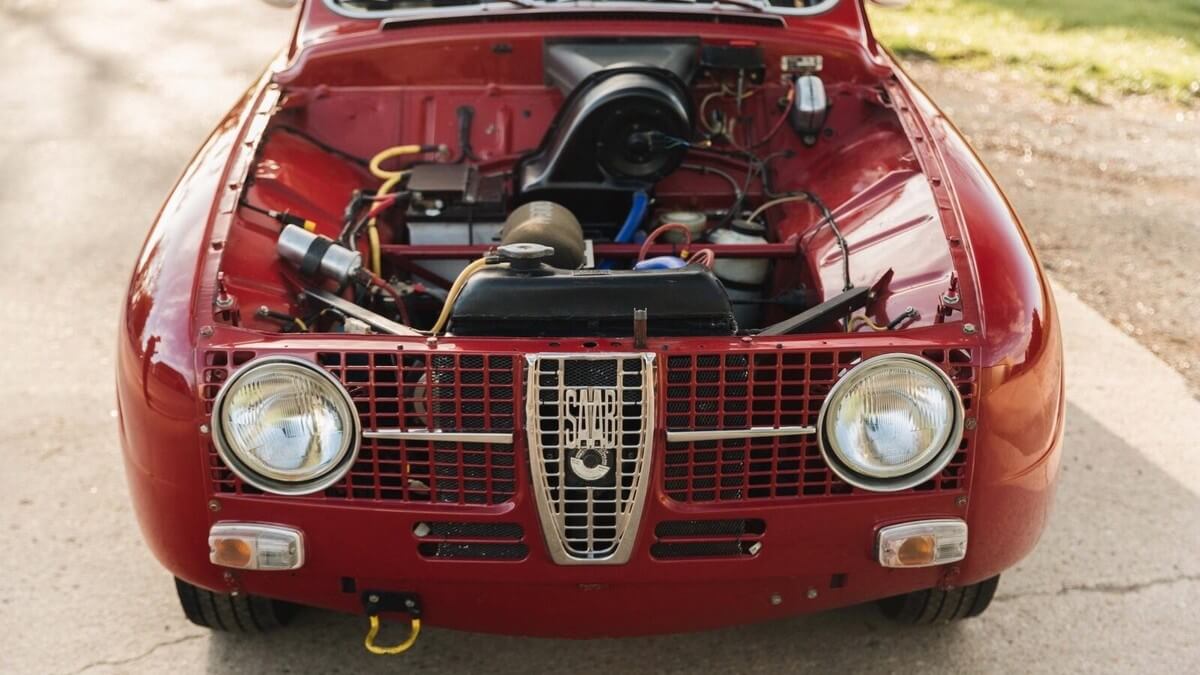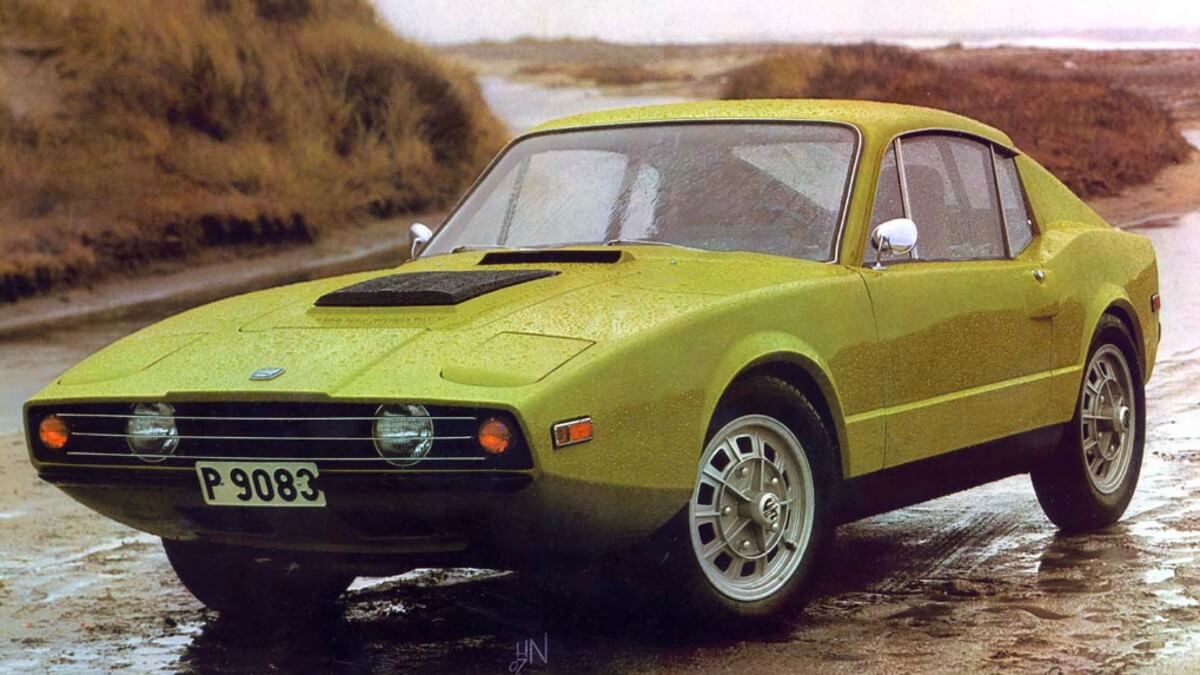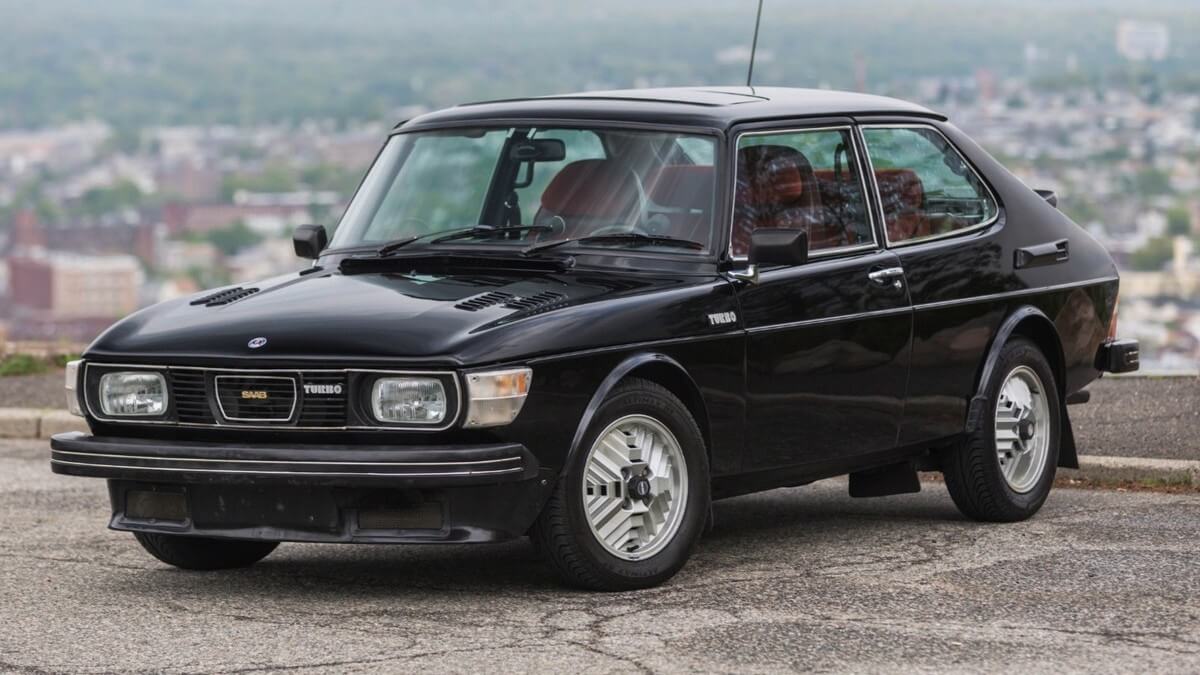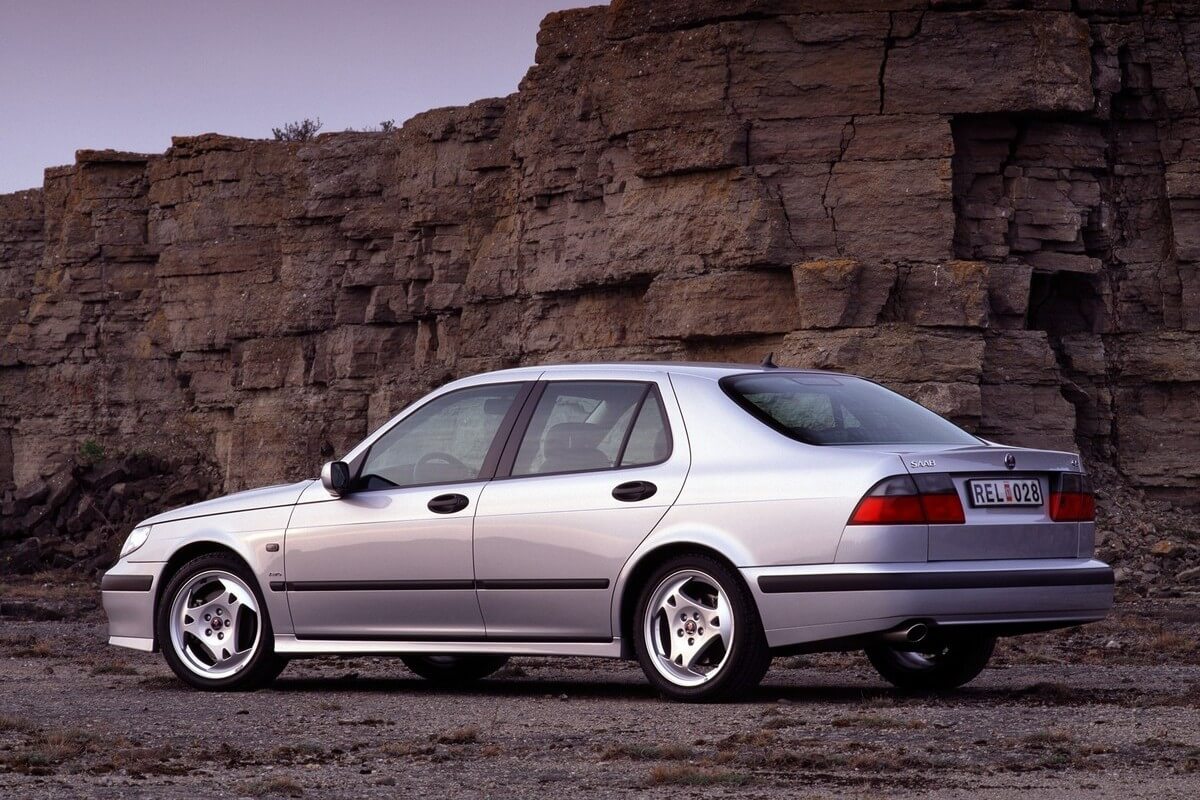From Aeronautics to Aero X and everything in between, Saab has an illustrious history of advanced Scandinavian engineering and design.
Surprisingly, and contrary to common opinion, the famous Swedish company Saab still exists, it’s still in excellent financial health, and its latest model, the Barracuda, is exported to more than 50 countries. Wait, what? Don’t worry; you are not in some parallel universe. Yes, Saab built its last car 10 years ago. However, the Barracuda is not a V8 Viking-looking sports car either, but an advanced camouflage technology that keeps the Saab brand well-alive up to this day.
So what happened to that technologically advanced car manufacturer? How could it kick the bucket if it was doing that well? To figure out the good and bad of Saab’s history throughout the years, eventually leading it to leave the automotive industry, we need to look at some of the most memorable cars that made Saab a world-famous brand in the first place.
Saab 92—The Teardrop
What better place to start the countdown than the first production model. The Saab 92 was the most obvious link between airplanes and cars. It was the successor to the UrSaab, a prototype with a fantastic low drag coefficient of 0.30. Consequently, it meant that it didn’t need a lot of horses to sail fast through the air. Hence, a simple two-stroke engine was enough to keep it nimble yet economical. Although it had a capacity of only 764 cm3 and produced only a mere 25 HP, it could reach a top speed of 65 mph. That’s how efficient Saab’s whole concept was.
Saab 96—The Grand Rally!
With the same design language as the 92, Saab 96 continued the successful Swedish story even further. Released in 1960, it brought another dimension to the brand. It was first available with a more powerful three-pot engine and later with a V4 1.5l & 1.7l Ford engines, becoming an excellent platform for rally racing.
If you are a rally fan, you’ve undoubtedly heard of Stig Blomqvist, who had an early success with this model long before he became a world champion with Audi Quattro. Rally racing might very well be the most challenging racing sport for drivers, but it’s even harder on the cars. That fact made Saab a synonym of reliable, agile, and tough machines throughout its whole existence.
Saab Sonett—If only…
Not content with building compact cars, Saab had the idea to incorporate its lightweight-low-drag concept into a sports coupe—coupes are always good for a brand’s image and sustainability. In 1950, Saab designed the first Sonnet, featuring a styling similar to early British roadsters, with low body lines and a tiny windshield.
It wasn’t till the third generation that Sonnet really took the proper coupe design and looked ready for proper commercial success. The model had pop-up headlights, slick body lines; it was also light as a feather with a curb weight of 1940 lb and a reliable V4 Ford engine. It adds a bit of flair to the usually recognizable Swedish design. So what happened with it? Sadly, sales dropped during the oil crisis in 1973, and unfortunately, the plug had to be pulled off this exotic Saab.
Such a shame.
Saab 99 Turbo—The Pioneer!
These days every car manufacturer offers at least one model with a turbocharger. Back in the ’78, the turbo wasn’t a common sight. Unlike the supercharger, the turbocharger is not driven by the crankshaft; instead, it uses the hot exhaust gasses to spin the turbine, forcing cold air into the cylinders.
Complicated? Yeah, it sure was back then. And because of that, the first mass-production Turbo car deserves a lot of credit. The Saab 99 Turbo quickly became an icon with that fancy Turbo lettering on the grill, on the side doors, and on the back of the car. The four-pot 2.0l engine offered a healthy 145HP back in the day when you needed at least 6 cylinders for that amount of power in the US. Moreover, the handling followed the power of the engine as it was front engine FWD.
The Saab 99 Turbo was a huge success. It also introduced many innovations, among other things, like a double-jointed steering column that crumples under frontal crash and a safety body with crumple zones.
Saab 9-5
Saab’s later models were decent cars as well. They all followed the same safety philosophy. Saab introduced the 9-5 in 1997, the last vehicle while still independent. It had an airplane-looking central console with a bunch of knobs and buttons, making it look more modern than the competitors. Besides, the 9-5 was the first production vehicle with ventilated front seats.
The car’s aerodynamic design resulted in one of the lowest drag coefficients in the class. As a modern and good-looking sedan, the Saab 9-5 started its life with in-house engines but continued with Fiat, Isuzu, and Opel units.
The model continued to exist after GM acquired Saab. However, the reliability started to fade away, and the model simply stuck on the market with various refreshes for 12 years! That is usually the time frame for a model to get at least two generations with additional two facelifts in between!
Should You Buy One Today?
It depends. If you are looking to buy a piece of history, then go for it. Apart from the models that we put on this list, there are a lot of others to choose from.
If you are looking for a daily commuter, you should be aware of the typical flaws that some of the models had. For instance, you can get a 2005 Saab 9-2X which is basically a rebadged Subaru Impreza, so it is reliable and available.
Meanwhile, if you are attracted to the early Saab 9-5 model, beware of the B235 2.3 liter 4-cylinder turbo engine as it has all kinds of problems, with oil-burning one of them. An updated 2004 9-5 was fairly reliable, though.
Furthermore, the 2003-2007 Saab 9-3 with the 2.0 engine had its own demons. The fuel gauge was often reading empty; the engine didn’t run as smooth curtesy of faulty throttle body, and so on. The steering and suspension weren’t that great either.
As for any used car, these can be solved with money and a lot of work and love. Just take the car to a professional for a check-up if you are not that handy or familiar with Saab. However, if you want to make your hands dirty and have some DIY fun, we have a host of Saab repair manuals available.
The Curious “Ending”
With all those innovations and the popularity of Saab across the globe, it is surreal that the brand is not here anymore. But lousy management can always destroy whatever good was made by the designers. GM’s ownership only accelerated the degradation of the brand.
When the deal with fellow Swedish Koenigsegg fell through, and Dutch car brand Spyker failed as well, GM even vetoed the last chance of saving Saab by a Chinese consortium. GM feared that its (outdated) technology would end up in the wrong hands and pulled the plug for good.
P.S.
“The plug” seems to remain the keyword in Saab’s existence as it somehow continued to roll as a 100% EV!? In 2012 Swedish-Chinese entrepreneur Kai Johan Jiang bought what was left from the brand. He continued producing cars with basically the same design of Saab 9-3 till today, under a different brand name, National Electric Vehicle Sweden or NEVS.




